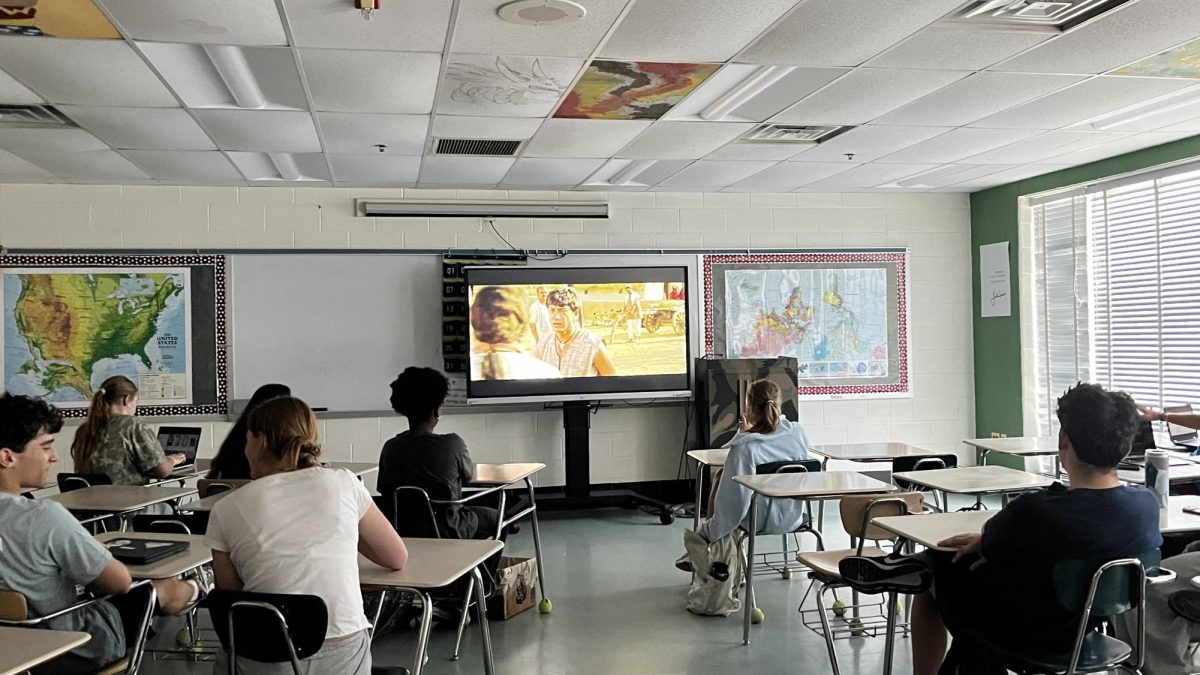It’s not Covid, and it’s not the flu either. You’re healthy enough to complete a few assignments, but not enough to travel in the long, crowded hallways of Walter Johnson, as your chest is clogged with mucus and your throat has become coarse. For many, there is a large inclination to still show up, as missing instructional time can put you severely behind and devastate your grade book.
After a fit of dry coughs in second period, you request a pass to the nurse’s office, only to return a few minutes later with an unneeded ice pack and a few dry tissues. Fearing legal repercussions, the school understandably opts not to administer any medication, lest the situation is a clear emergency. Finally, your condition worsens, and you call your parents/guardians to pick you up and go home. The next morning, a handful of other students awake to a similar fate, great work.
This is not a matter of personal inconvenience, instead, a matter of healthcare and education. It’s a matter of serious flaws embedded within the school system, flaws that enabled a global pandemic to chew through academic institutions across the country. The current “sickness protocol” offers students a clear choice: miss invaluable instruction or potentially further spread an illness.
The pandemic ushered in a brief era of virtual learning, which provided a feasible avenue for students to safely receive instruction. Fast forward to 2023 and the need for virtual learning remains. In a study posted by The Atlantic, 51% of sample high school students in the nearby Baltimore County have miss more than three weeks of school in the average school year. This figure is as high as 60% for many other urban areas across the country. Students deemed to be too sick or that merely opt not to attend school on a particular day should be given viable options for at-home learning.
Instructional lectures should have requirements to be recorded and posted within the appropriate Canvas modules. All assignments, with the exception of graded tests and timed assessments, should have options for online completion. That paper graphic organizer in your social studies class, for instance, now would have a mandated online equivalent in case a student loses or was simply absent when it was distributed. This would allow students who do not attend class to have equal opportunity, provide an option for review and prevent the potential spread of illness.
While many classes already offer some online completion in their modules, a firm requirement would offer added peace of mind. In such a modern era, our current protocol does not reflect the advancements in technology that have been made readily available to school districts, hardly changing since the last generation was in high school. It’s time for a reset.









